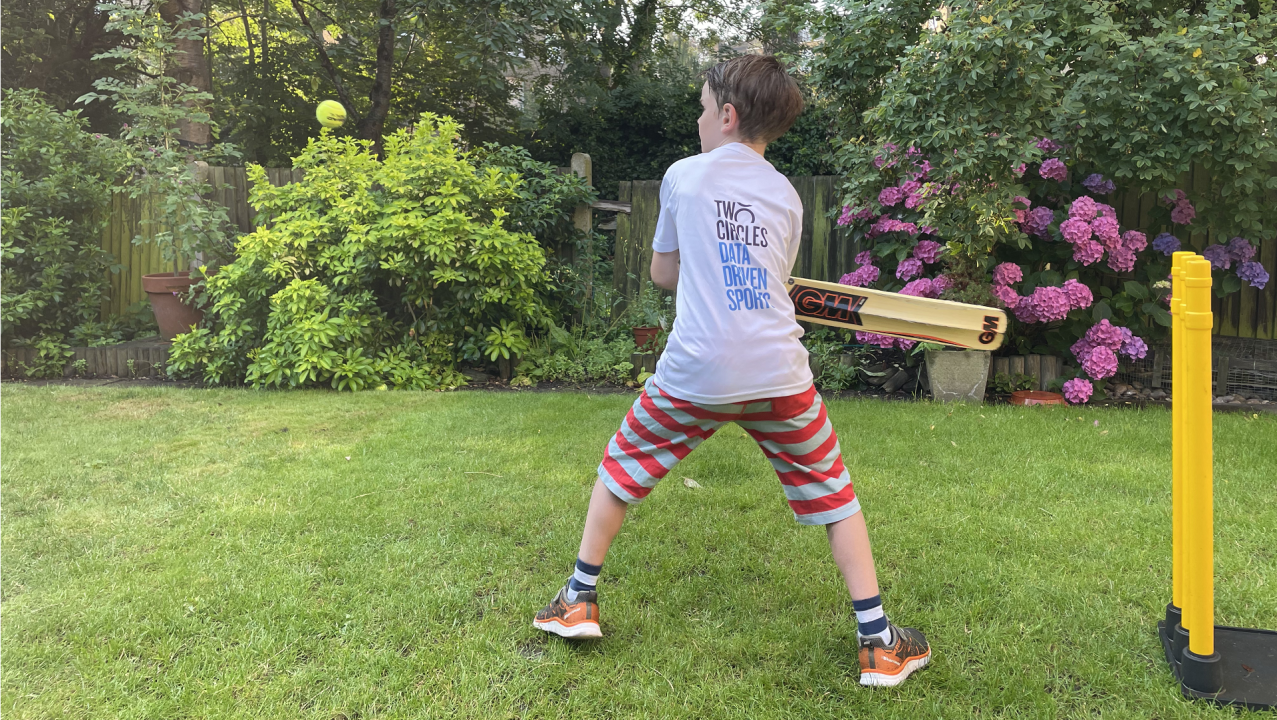News & Insight


Two Circles has partnered with cricket, and the ECB, from day one. Before we had an office. Even before we had a name.
Cricket is in our DNA, and over the last 10 years we’re hugely proud that we’ve been able to play a small role in bringing this amazing sport into the lives of more people across clubs, counties, countries and continents.
But I wanted to write something today because this afternoon’s match at the Kia Oval represents one of our biggest days yet in cricket. I know others Two Circlers feel the same.
I can remember the day in 2015 when the journey for The Hundred began…of course we didn’t know it would be called The Hundred, or even indeed that it would be a new format of cricket, but I do vividly remember a strong sense of being brave and bold to grow the game.
That day was a workshop at Lord’s which Sanjay Patel had asked Two Circles to attend. A very simple question was posed: “How do we protect and grow the game of cricket in England and Wales?”
The answer arose easily – cricket, after all, has amazing qualities. There’s enough simplicity – who scores the most runs wins – but a level of complexity for those who want it. And for centuries bat versus ball sport has delivered unscripted gladiatorial battles for moments or even days at a time.
But the ‘how’ was far from easy. That’s because challenging the status quo is never easy, particularly in sport, and as someone who has been involved in the long-term building of businesses I know first-hand that pioneers are often cast as failures until they succeed.
The six-year journey to today represents pioneering innovation and a challenging of the status quo on a level that I haven’t seen from another national governing body in my time in the sports industry. Over the last six years the ECB have made bold decision after bold decision to ensure a strong future for cricket. Their moral compass to grow the game and make it better has never wavered.
I thought hard about what main picture to use this piece. This afternoon, for the first time, I’ll be taking my kids to see a professional sports event that has been designed for them from the bottom-up. A family experience. I don’t think that ever happened to me, or most of us reading this for that matter. They and the other millions of kids in the UK are why The Hundred exists.
The fact that through The Hundred we’ve built a family-first experience that can engage my five-year-old daughter whilst simultaneously creating a best-versus-best cricket product that the cricket badgers in the Two Circles offices around the world will love too is completely unprecedented.
I’m in no doubt that cricket will benefit from The Hundred and flourish in the years ahead as it helps cricket fans deepen their love of the game, helps create new lovers of cricket, helps engage new brands with new propositions, and crucially helps create a media audience unparalleled in English cricket previously.
The data is already telling us The Hundred will succeed. As Sanjay said over the weekend, The Hundred will be profitable in year one. The broadcast and brand partnerships deals signed have been outstanding.
But I’m most excited and interested by fan engagement. That underpins every sustainably-successful sports property in the post-internet era. I’ve been on The Hundred dashboard this morning and all the meaningful metrics around engagement – content consumption, ticket sales, fan demographics and others – are flying, and beyond expectations. Not to mention a record attendance for a domestic women’s match in England awaits. All of this despite the uncontrollable and continued challenge of Covid.
Great to see Two Circlers out in force at @thehundred this evening. Congratulations @ECB_cricket on a milestone day for cricket ? pic.twitter.com/w6i1NFIhTx
— Two Circles (@TwoCirclesSport) July 21, 2021
So, as I sit there waiting the first ball of The Hundred with my wife, kids, Two Circlers and thousands of other people – many attending a sports event with their families too – it’ll be emotional.
And as Two Circles we’ll raise a toast to everyone who wrote the case of change, who participated in an experience cricket workshop, attended fan research groups, was in the room that day at Royal Institute of British Architects or at a COVID-scenario planning meet. This has been a massive team effort, the results of which I’m certain will grow and protect the game of cricket for generations to come.

